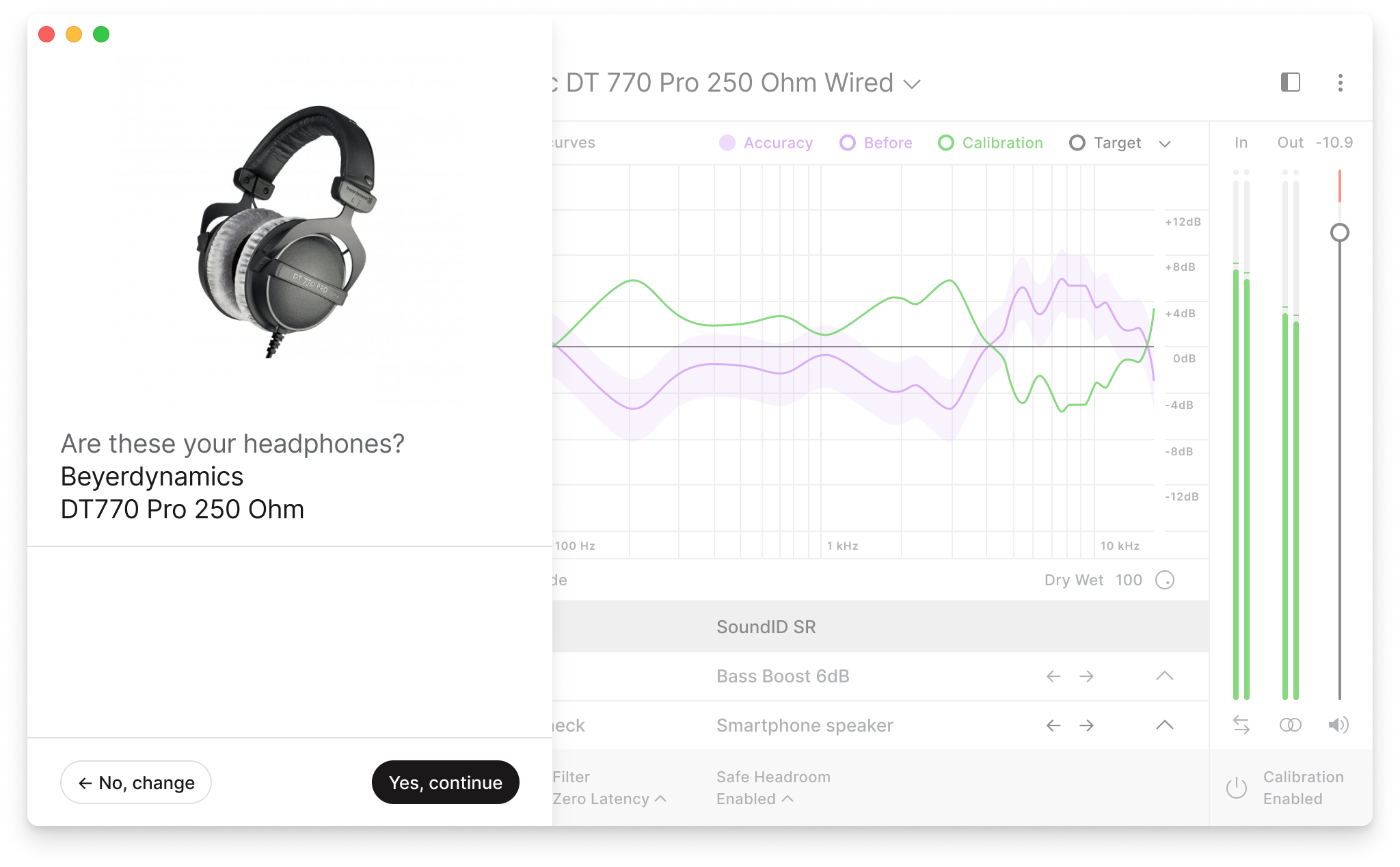- The Simulation (zylo) Mac Os X
- The Simulation (zylo) Mac Os Catalina
- The Simulation (zylo) Mac Os Update
- The Simulation (zylo) Mac Os Download
Welcome to Apple Discussions!
Microsoft Project has its closest counterpart in:
http://www.conceptdraw.com/en/products/project/overview.php
Microsoft Access has both Filemaker Pro and Bento from Filemaker as good counterparts on the Mac platform. Furthermore, Filemaker has converters on the Windows side to it from Access. Check http://www.filemaker.com/ for the software.
You can run Windows on a Mac, if you must use those applications, using the variety of titles given on my FAQ*:
http://www.macmaps.com/macosxnative.html#WINTEL
- * Links to my pages may give me compensation.
Microsoft Project has its closest counterpart in:
http://www.conceptdraw.com/en/products/project/overview.php
Microsoft Access has both Filemaker Pro and Bento from Filemaker as good counterparts on the Mac platform. Furthermore, Filemaker has converters on the Windows side to it from Access. Check http://www.filemaker.com/ for the software.
You can run Windows on a Mac, if you must use those applications, using the variety of titles given on my FAQ*:
http://www.macmaps.com/macosxnative.html#WINTEL
- * Links to my pages may give me compensation.
PCE.js Mac Plus emulator running Mac OS System 7 — a hack by James Friend. PCE.js emulates classic computers in the browser. This is a simulation of a Classic Macintosh from 1984, running System 7.0.1 with MacPaint, MacDraw, and Kid Pix. If you want to try out more apps and games see this demo.
- Mac OS X Snow Leopard (Mac abandonware from 2009) To date, Macintosh Repository served 1444658 old Mac files, totaling more than 287245.8GB!
- This Tutorial helps to How to Install iOS Simulator on Mac OS MojaveThanks friends for watching this video,Kindly Subscribe & Support Our Channel.
- X-Plane is the most powerful and accurate flight simulator available for personal computers, but it doesn’t just run on Windows; the version of X-Plane sold here at X-Plane.com runs on Windows, Mac OS X, and Linux. In fact, X-Plane is developed primarily on Macs. In the past, we’ve called the Mac.
Oct 31, 2008 1:05 PM
-->The Remoted iOS Simulator for Windows allows you to test your apps on aniOS simulator displayed in Windows alongside Visual Studio 2019 and Visual Studio 2017.

The Simulation (zylo) Mac Os X
Getting started
The Remoted iOS Simulator for Windows is installed automatically as partof Xamarin in Visual Studio 2019 and Visual Studio 2017. To use it, follow these steps:
- Pair Visual Studio 2019 to a Mac Build host.
- In Visual Studio, start debugging an iOS or tvOS project. TheRemoted iOS Simulator for Windows will appear on your Windows machine.
Watch this video for a step-by-step guide.
Simulator window
The toolbar at the top of the simulator's window contains a number of useful buttons:
Home – Simulates the home button on an iOS device.
Lock – Locks the simulator (swipe to unlock).
Screenshot – Saves a screenshot of the simulator (stored in PicturesXamariniOS Simulator).
Settings – Displays keyboard, location, and other settings.
Other options – Brings up various simulator options such as rotation, shake gestures, and Touch ID.

Settings
Clicking the toolbar's gear icon opens the Settings window:
These settings allow you to enable the hardware keyboard, choose alocation that the device should report (static and moving locations areboth supported), enable Touch ID, and reset the content and settings forthe simulator.
Other options
The toolbar's ellipsis button reveals other options such as rotation,shake gestures, and rebooting. These same options can be viewed as a listby right-clicking anywhere in the simulator's window:
Touchscreen support
Most modern Windows computers have touch screens. Since the Remoted iOSSimulator for Windows supports touch interactions, you can test your appwith the same pinch, swipe, and multi-finger touch gestures that you usewith physical iOS devices.
The Simulation (zylo) Mac Os Catalina
Similarly, the Remoted iOS Simulator for Windows treats Windows Stylusinput as Apple Pencil input.
The Simulation (zylo) Mac Os Update
Sound handling
Sounds played by the simulator will come from the host Mac's speakers.iOS sounds are not heard on the Windows computer.
Disabling the Remoted iOS Simulator for Windows
The Simulation (zylo) Mac Os Download
To disable the Remoted iOS Simulator for Windows, navigate toTools > Options > Xamarin > iOS Settings and uncheckRemote Simulator to Windows.
With this option disabled, debugging opens the iOS Simulator on the connected Mac build host.
Troubleshooting
If you experience issues with the Remoted iOS Simulator, you can view the logs in these locations:
- Mac –
~/Library/Logs/Xamarin/Simulator.Server - Windows –
%LOCALAPPDATA%XamarinLogsXamarin.Simulator
If you report a problem in Visual Studio, attaching these logs might be helpful (there are options to keep uploads private).
⇒ ⇒ Abice Mac OS